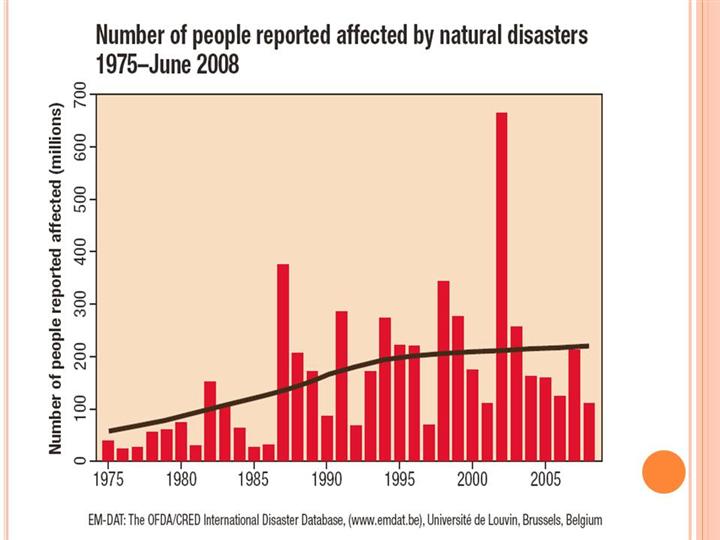| front |1 |2 |3 |4 |5 |6 |7 |8 |9 |10 |11 |12 |13 |14 |15 |16 |17 |18 |19 |20 |21 |22 |23 |24 |25 |26 |27 |28 |29 |30 |31 |32 |33 |34 |35 |36 |37 |38 |39 |40 |41 |42 |43 |44 |45 |46 |47 |48 |49 |50 |51 |52 |53 |review |
 |
The increase in number of disasters has been accompanied by increase in numbers of people affected. Consequences of disasters include: displacement, losing employment and income, physical and mental health disabilities. Therefore, responding to the needs requires working as a team. Multidisciplinary teams serve a wide range of affected populations. Nurses are often under estimated when dealing with disasters. This lecture demonstrates that nurse involvement in disaster management can be beneficial at local, national and international level.
Vulnerable populations such as people with chronic health conditions are in great danger in disasters due to the risk of occurrence of an acute critical event. Individuals with chronic conditions, e.g. cardiovascular disease, diabetes, renal failure, etc. need to be monitored and have their health conditions managed with care. |